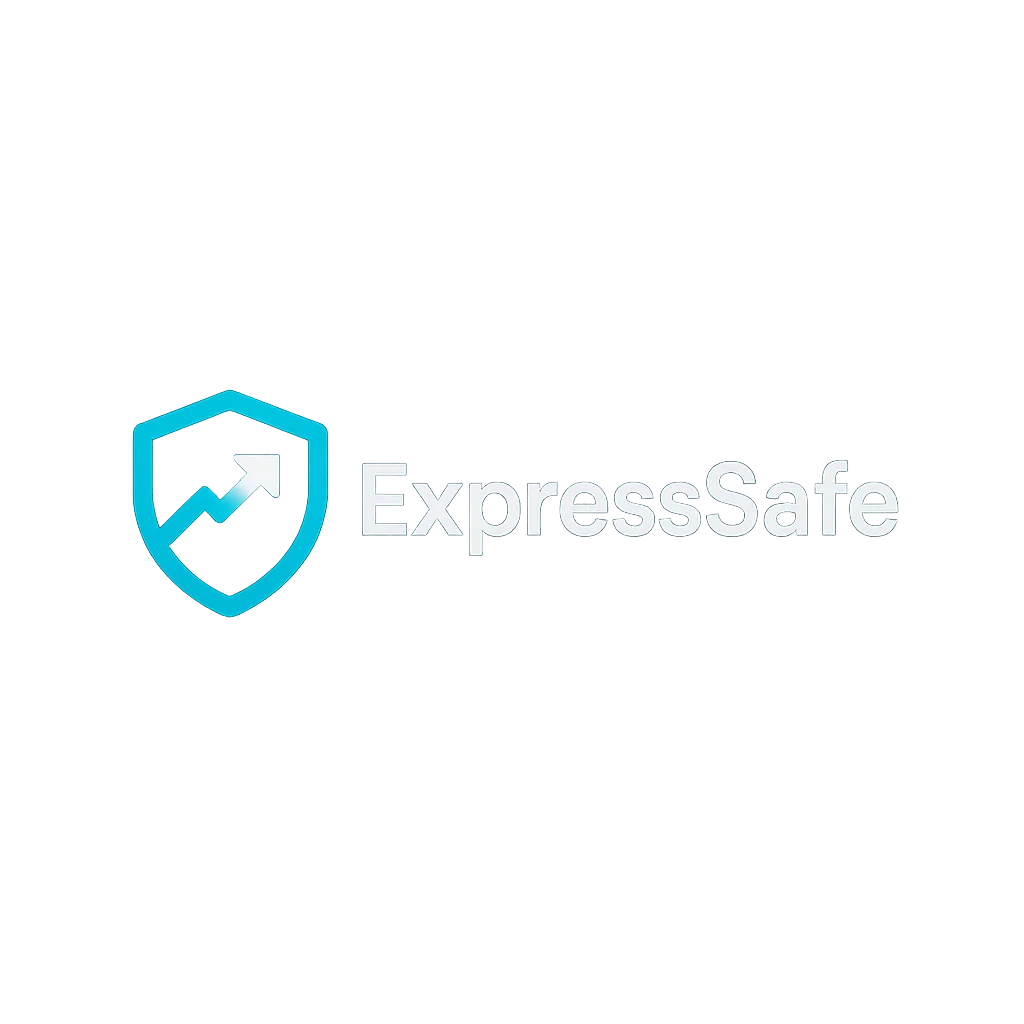The Complete Guide to Credit, Debt, and Loans in 2025: Smart Borrowing for a Stronger Financial Future
In today’s fast-evolving financial world, understanding credit, managing debt, and using loans wisely is essential for financial health. In 2025, with rising interest rates, digital lending platforms, AI-driven credit analysis, and inflation-adjusted repayment systems, consumers must stay informed to make smart decisions that ensure stability and future wealth. This comprehensive guide helps you navigate the complex world of credit, debt, and loans—empowering you to borrow smarter and build a stronger financial future.
What Is Credit?
Credit is the ability to borrow money or access goods and services with the agreement to pay later. It’s essential for financing homes, education, businesses, and even emergencies. Your creditworthiness determines how easily and cheaply you can access money when needed.
Types of Credit
- Revolving Credit: e.g., Credit cards. You can borrow, repay, and borrow again up to a limit.
- Installment Credit: e.g., Car or personal loans. Fixed payments over time.
- Open Credit: e.g., Utility bills—paid in full monthly, no borrowing limit.
Understanding Your Credit Score in 2025
Credit scores now incorporate more real-time behavior using AI and open banking data. Key influencing factors:
- Payment history (35%)
- Credit utilization (30%)
- Length of credit history (15%)
- New credit inquiries (10%)
- Credit mix (10%)
Use modern tools like Credit360 AI or FinCheck to track and improve your score.
What Is Debt?
Debt is money borrowed that must be repaid, usually with interest. While debt is often seen negatively, it can be leveraged for growth if used responsibly.
Types of Debt
| Type | Purpose | Risk Level |
|---|---|---|
| Student Loans | Education financing | Moderate (can be income-adjusted) |
| Mortgage | Home purchase | Low to moderate |
| Credit Card Debt | Everyday expenses | High (variable interest) |
| Personal Loans | Unsecured financing | Moderate to high |
| Buy Now, Pay Later (BNPL) | Short-term purchases | Medium (often untracked in reports) |
Loan Options in 2025
1. Personal Loans
AI-powered platforms now analyze your full financial footprint to approve loans instantly. Rates vary from 6% to 15% based on credit and income history.
2. Home Loans
Eco-friendly mortgages, smart homes, and variable inflation-indexed repayment terms are rising. Many lenders offer ARMs (Adjustable Rate Mortgages) to balance market volatility.
3. Auto Loans
Electric vehicle financing comes with incentives and lower rates. Predictive AI assesses job stability for long-term loan feasibility.
4. Student Loans
More private institutions are offering income-share agreements (ISAs), replacing traditional debt with future-income-based repayments.
How to Use Credit Wisely
- Keep utilization under 30% of total credit limit.
- Set auto-reminders or autopay for all bills.
- Use one or two cards regularly and pay in full monthly.
- Don’t close old credit cards—it shortens credit history.
- Use credit-builder cards or secured cards if you’re new or rebuilding.
Smart Debt Management in 2025
Snowball vs Avalanche Method
- Snowball: Pay smallest balance first—psychological wins.
- Avalanche: Pay highest interest first—financially optimal.
Debt Consolidation Tools
- FinMerge AI: Offers personalized, automated debt restructuring.
- RefinanceX: Real-time market rate analysis for best loan offers.
Credit Counseling & Negotiation
In 2025, most credit unions and non-profits offer AI chatbots for counseling. You can also request forbearance or negotiate lower interest rates based on financial hardship.
How AI Is Reshaping Lending
- Instant decisions based on open banking data
- Fairer analysis of non-traditional income
- Dynamic interest rates personalized to risk level
Risks of Over-Borrowing
- Damage to credit score
- Increased stress and anxiety
- Limits future borrowing or causes loan rejection
- Can lead to wage garnishment or asset seizure
Tips for Building a Healthy Credit Profile
- Request a free credit report yearly and review it
- Dispute errors immediately
- Use AI tools to monitor suspicious activity
- Set long-term goals like homeownership to guide borrowing
Conclusion
Managing credit, debt, and loans effectively in 2025 is a key skill that requires awareness, discipline, and the smart use of technology. By understanding your financial profile and using available tools, you can transform debt into a stepping stone toward financial freedom. Don’t fear borrowing—master it.

Leave a comment